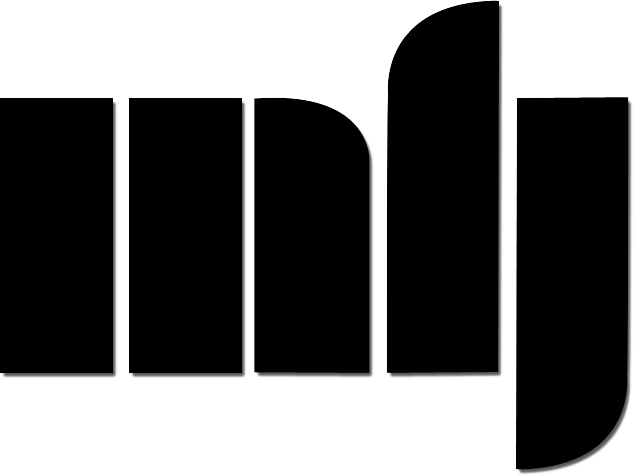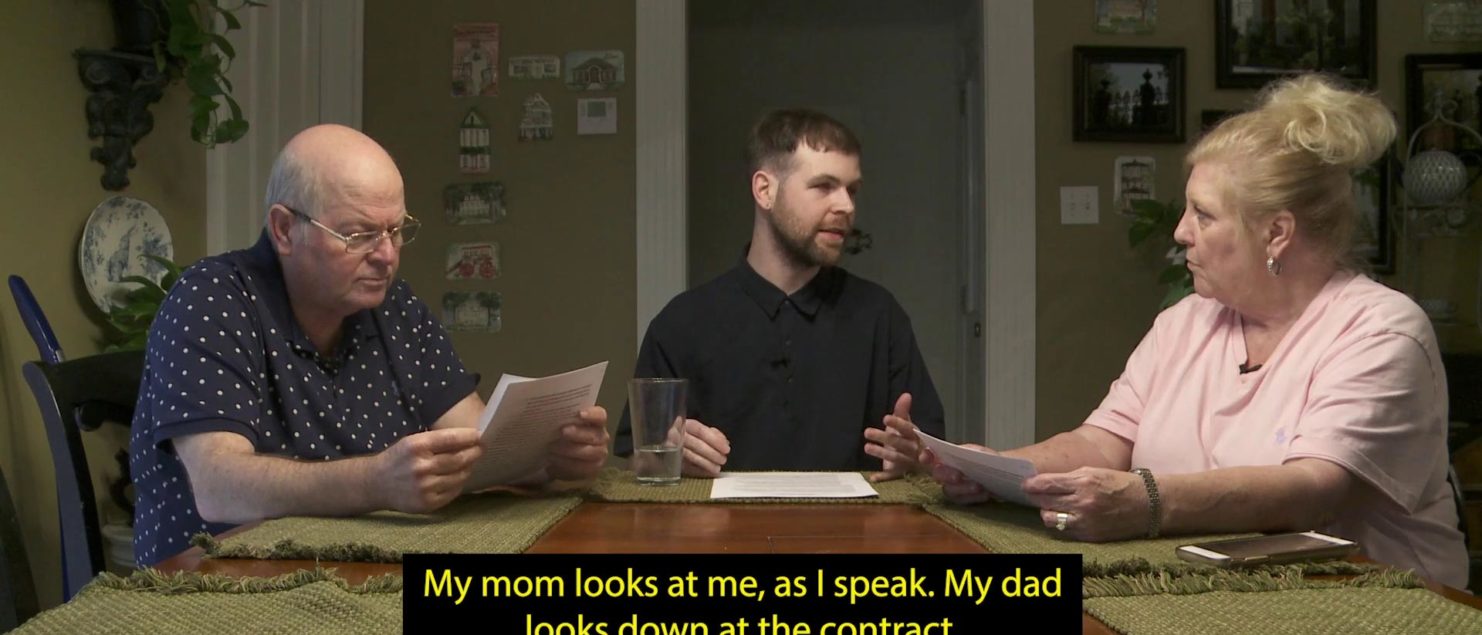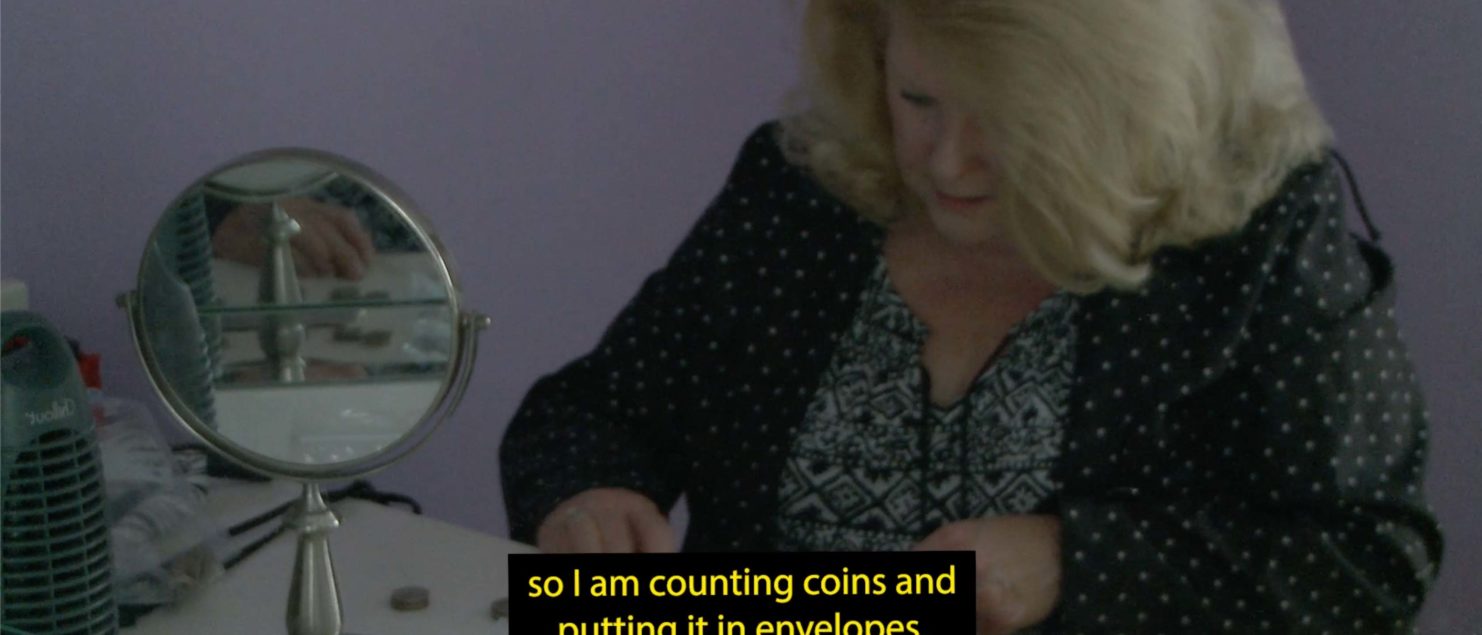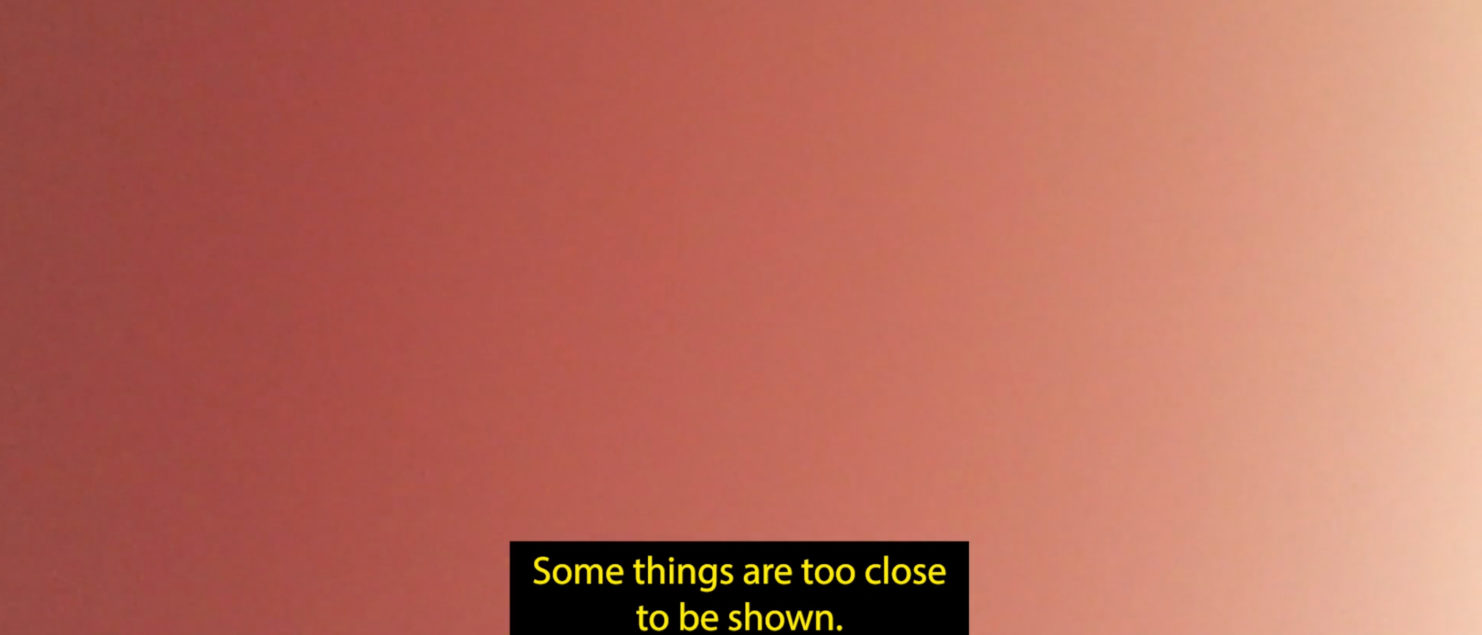Shared Resources
Directed by Jordan Lord
Whatever good intentions a documentarian may have, in the end, those filmed are at the filmmaker’s mercy, laid bare to corporations, festivals, and strangers who can distribute, scrutinize, and judge them. Those filmed have virtually no recourse to abuse or misprision: unlike the court, there is no process of appeal; unlike academia, there is no Internal Review Board; and unlike newspapers, there are no letters to the editor. Indeed, it’s telling that one of the few institutionalized practices of documentary filmmaking is the release form, specifically designed to further protect the filmmaker from any possible legal action. In this world, the books are cooked. The subject must accept the bulk of the risk, while the filmmaker—with almost no accountability—reaps the rewards.
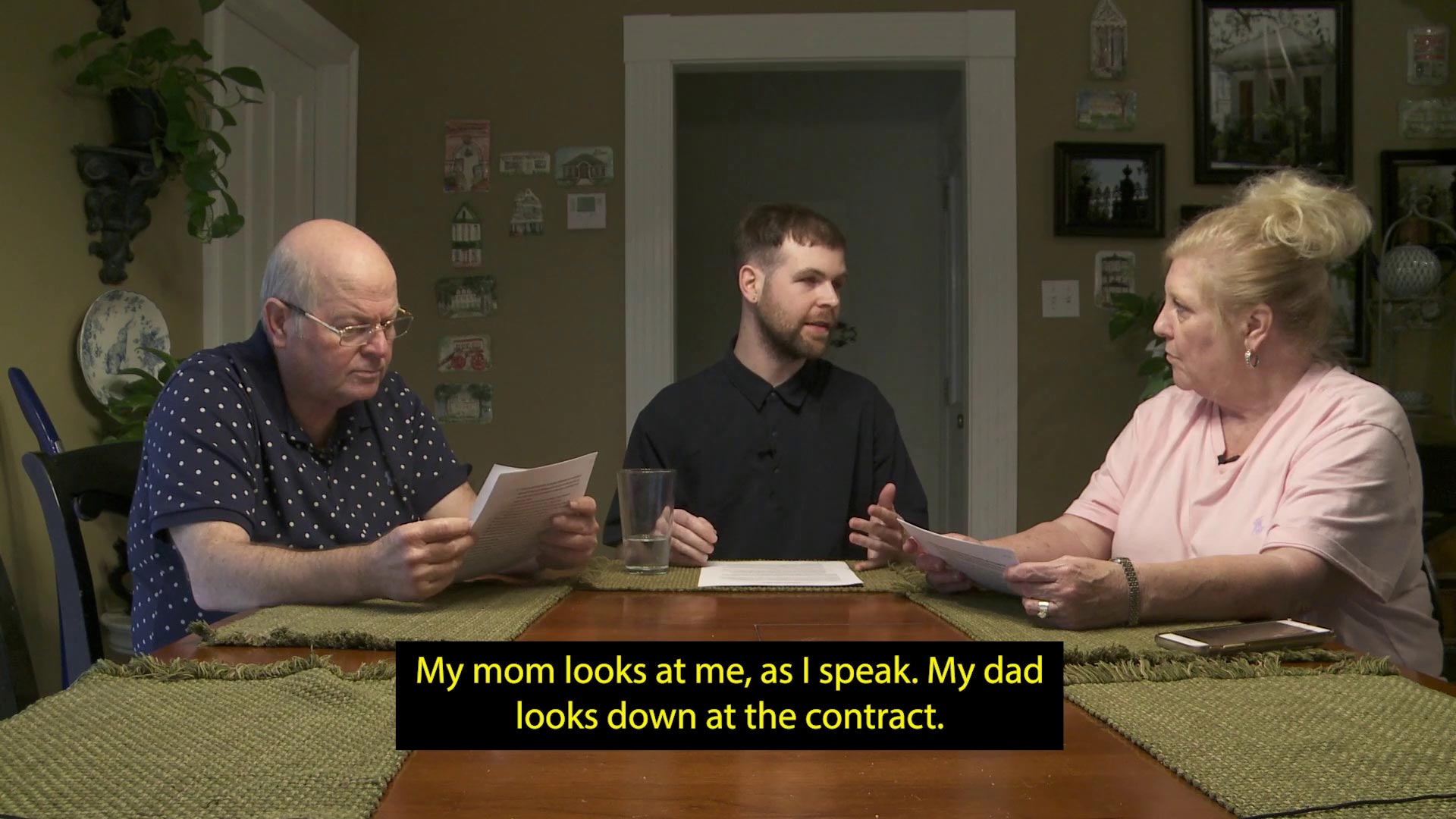
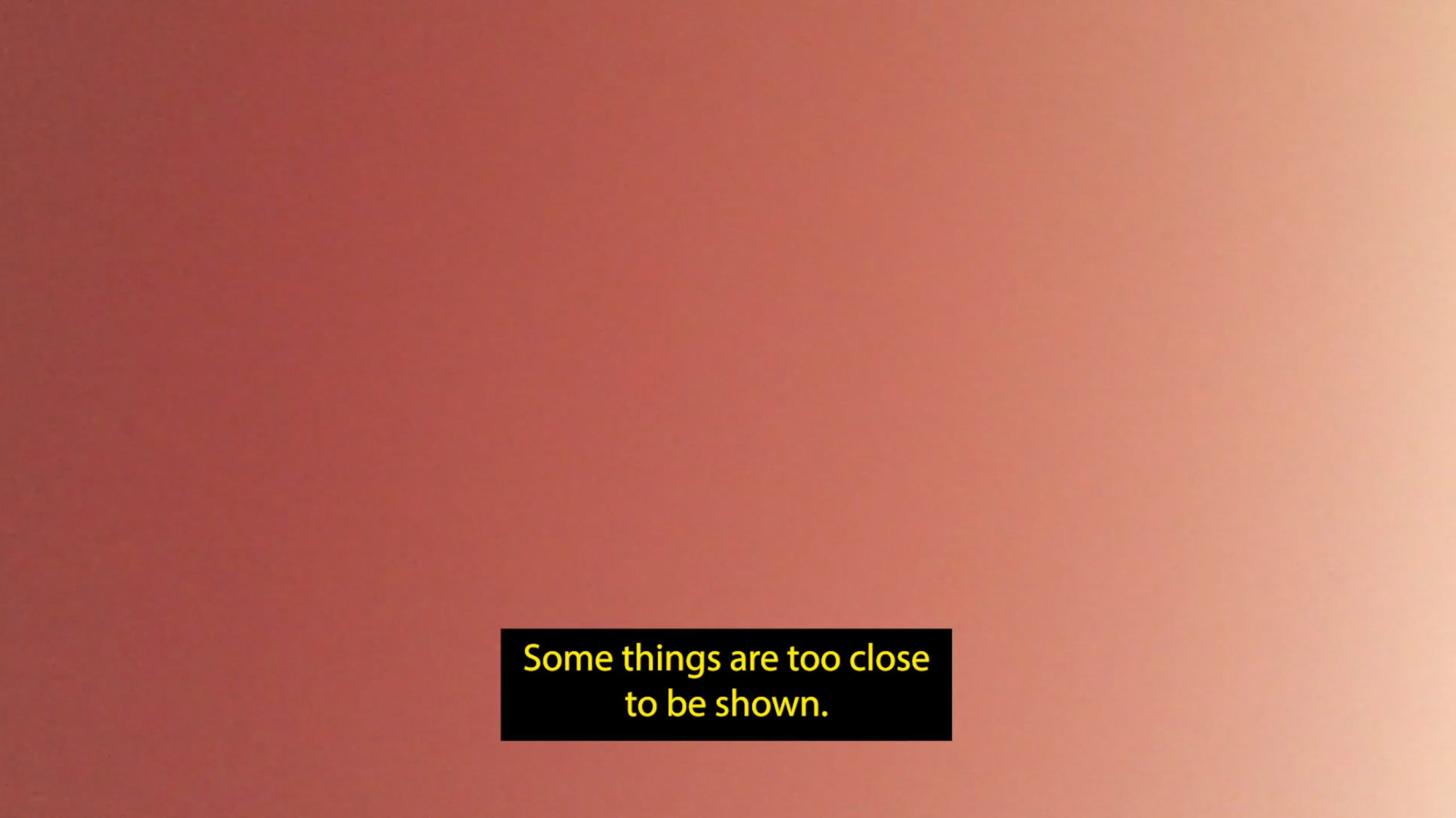
Jordan Lord’s film, Shared Resources, which premiered at MOMA Doc Fortnight last spring, seeks to upend this entrenched moral and financial economy in documentary. Lord chronicles their family’s years-long process of bankruptcy, which began after Hurricane Katrina destroyed their home. Strikingly, Lord’s father, Albert, had spent his career on the opposite side of the ledger as a debt collector for a bank. We learn how he was humiliatingly fired without explanation, and we observe the chronic anxiety and resulting health problems caused by work and debt. Yet, unlike Lord, who left Louisiana to study at Columbia University and who returns home with a critical eye, Albert still believes in the system that betrayed him, and he remains proud—defiantly so— of his past work, speaking with genuine tenderness of debtors’ loans he helped restructure, as well as his determination to pay back every penny he owes before he dies.
If it is through documentary that Lord explores their family’s financial troubles, it’s through the latter that Lord explores the documentary form. At the heart of both inquiries are the questions of debt and obligation—the way that the contemporary hyper-financialization of nearly every corner of life has inflected our bodies, our sense of self and family, and, importantly, the very means through which we represent this crisis. Lenders, Lord observes in voiceover, are not that different from documentarians who “also manage risk, generally offloading the risk of making the film onto those who appear in it.” Rather than accept this asymmetry as a regrettable but unavoidable situation, Lord uses this film as an opportunity to craft a radical practice and style, one that rethinks the fundamental means of documentary production. In doing so, Lord accomplishes something rare: the film’s subject matter, political commitments, and aesthetic approach work together dynamically, each complicating and deepening the others.
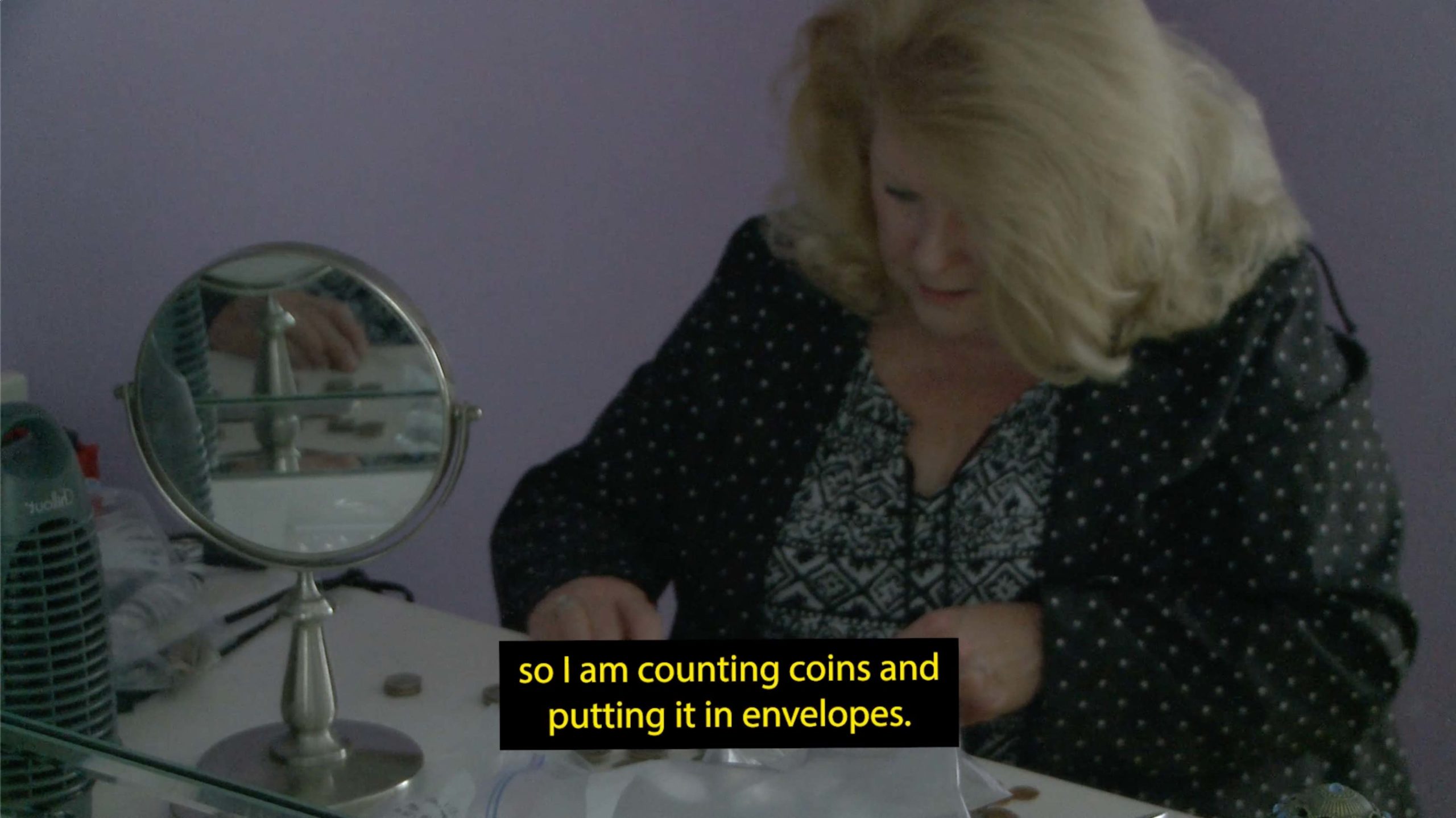
Many contemporary documentarians speak of collaboration with their subjects, but this often has an air of noblesse oblige. Lord’s approach, in contrast, formalizes the process of collaboration through what they slyly call a “Catch Form”: a release form turned inside out, each relevant word in the original substituted for its antonym, enshrining the right of the subjects to veto the film or any scenes within it. In one of the film’s most charming scenes, Lord presents this idea to their parents. What follows plays as absurdist comedy: “No filmmaker would agree to that. Every filmmaker takes licenses,” Albert declares repeatedly, unmoved by his wife Deborah’s insistence that, in fact, there is at least one filmmaker, their child, who is doing exactly that at this very moment. But ultimately, Albert agrees, and later asks for certain scenes to be excised, which Lord does by substituting them with a recording of their finger over the lens—a lovely image that flickers between pink and red, reminding us that intimacy is sustained in part by a respect for opacity.
Lord further develops their critique of the documentary form through both open captioning and audio descriptions. In contrast to the industry standard, these layers aren’t bland accommodations intended only for those who can’t see or hear the film; rather, they’re harnessed as vital creative tools in their own right. This is most striking with the audio descriptions frequently delivered by Lord’s family, which allows them to frame the film while also revealing to us their experiences around it. “Jordan,” narrates Lord’s mother Deborah, over the dark profile of her sitting in the living room “I can’t imagine. There’s so much stress on my face… I’ve got my mouth covered because I don’t want anyone to see me crying… My face is, I mean, it’s telling the whole story. It’s telling the story of the stress of how I’m so afraid.” What’s striking about this voiceover is that, to the viewer who watched the moment without it, Deborah’s anxiety is far from obvious. This disjuncture is precisely the point: documentary too often privileges what is conveniently visible to the viewer, eliding the significance of knowledge that emerges collectively through the experience of social entanglement.
However, this shouldn’t suggest that Lord’s work is ethically safe. Far from it. If anything, by scrapping a simplistic ledger, in which transactions occur along a single axis, and delving into the messier tangle of mutual dependency, the film is particularly alive with moral ambiguity and anxiety. Throughout it, the viewer can’t help but wonder—and Lord encourages us to wonder— how much their family ties were subtly leveraged to make this film, how much Lord’s family assented to in order to help their child succeed. And more, whether the very means of this film’s production, in its attempt to escape the logic of financial debt, depends on the bonds of the nuclear family, one of the few places in American society where this logic is loosened. Albert makes this point during his conversations with Lord, insisting that the Catch Form could only work smoothly because it’s confined to a trusting and supportive family. How, then, might Lord’s model of documentary production work outside of the robust infrastructure of intimacy? And to what degree should mutual trust be a precondition for non-fiction filmmaking? Lord leaves these questions open as provocations for future experiments in documentary.
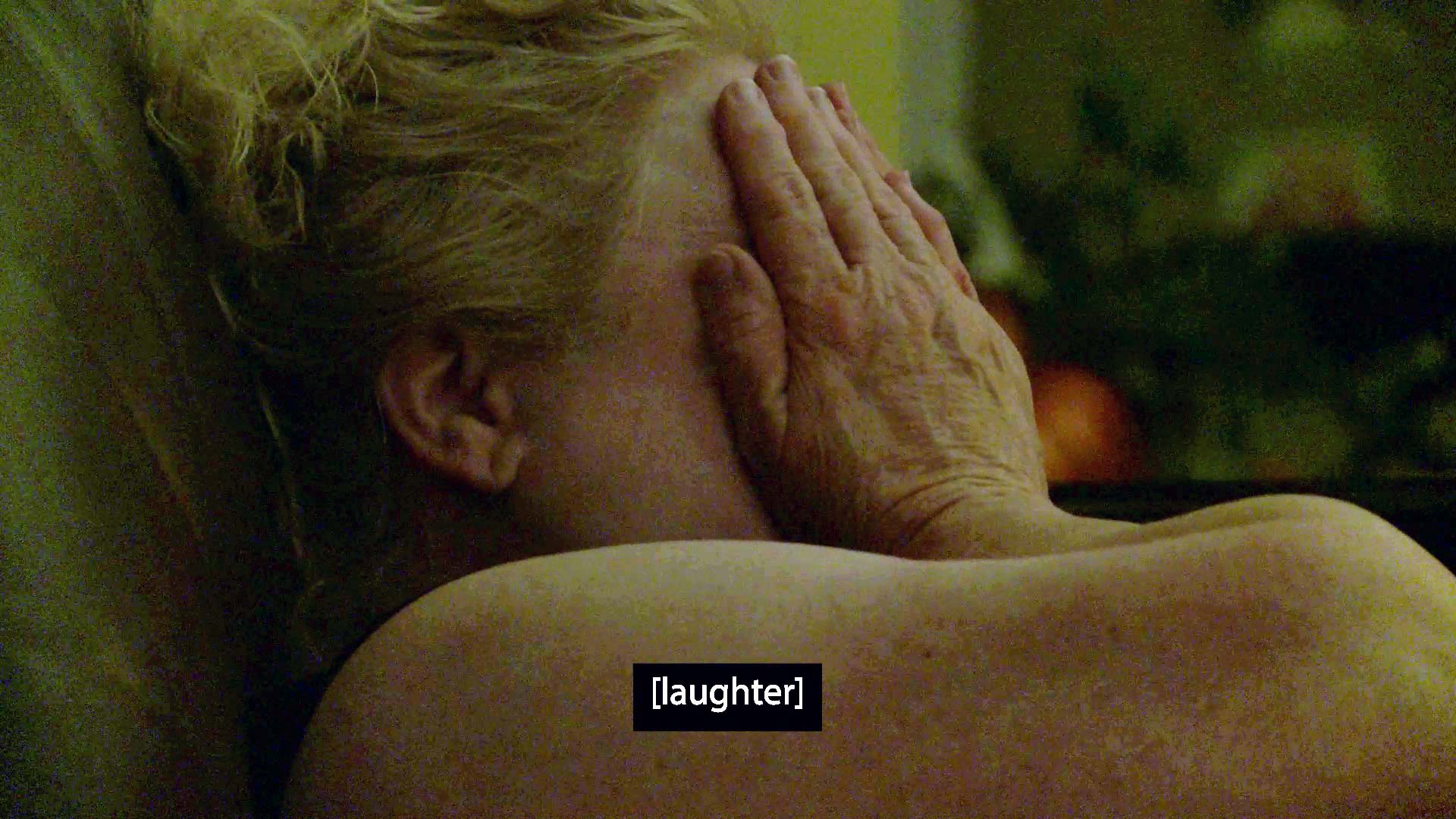
ALL IMAGES Jordan Lord, Shared Resources (2021), film stills. Courtesy the artist.
Review by Carmine Grimaldi
Disclaimer: This page is for your personal use only. It is not to be duplicated, shared, published or republished in whole or in part, in any manner or form, without the explicit permission of the publisher, author, and copyright holder(s) of the images.
